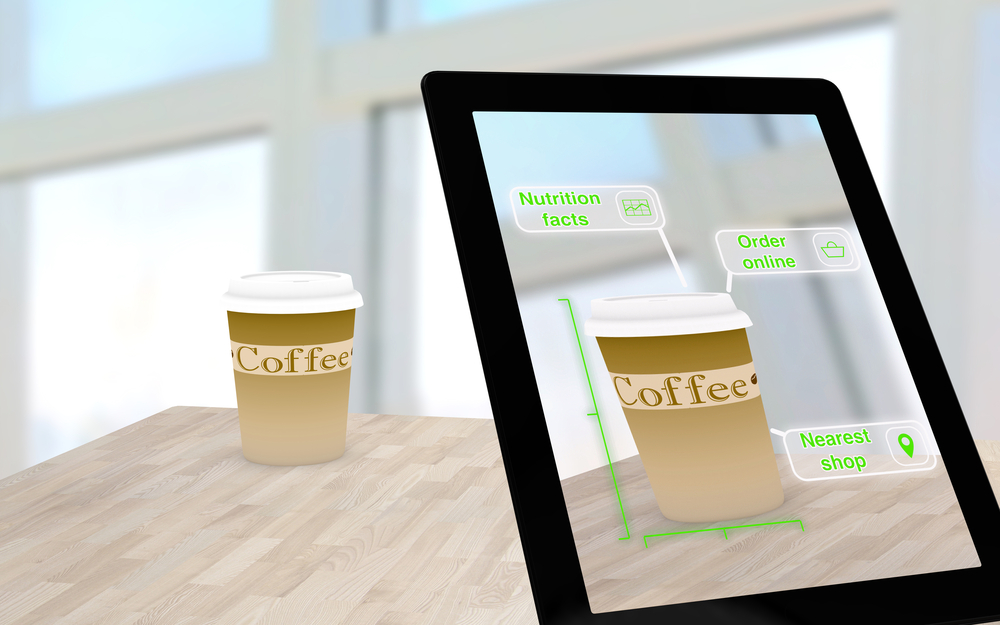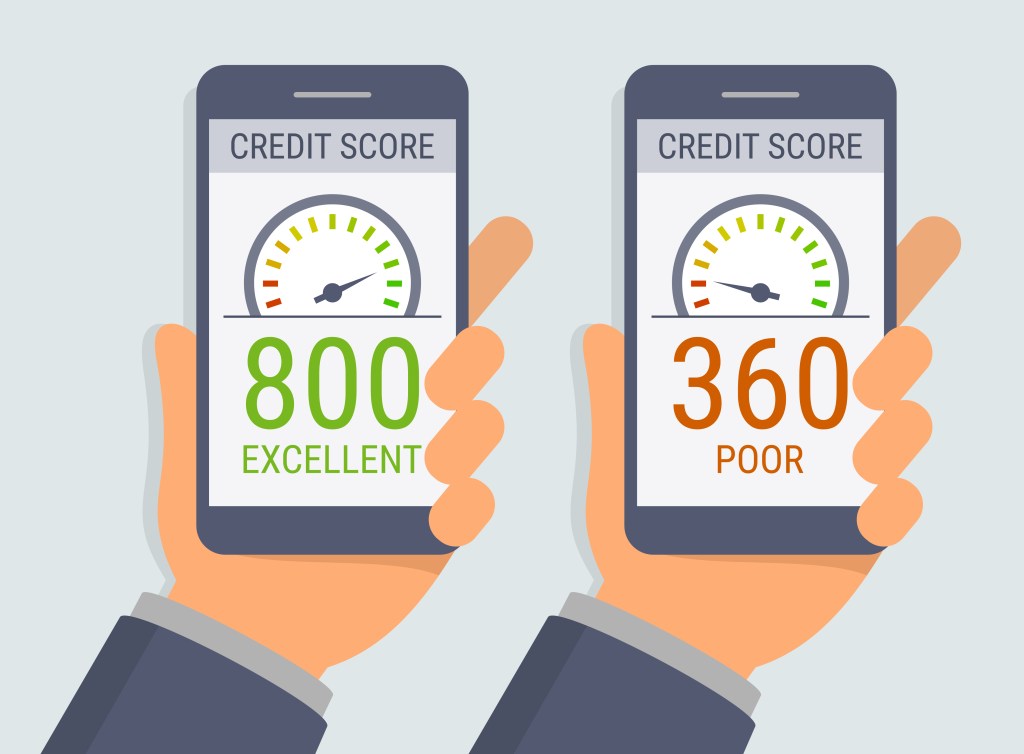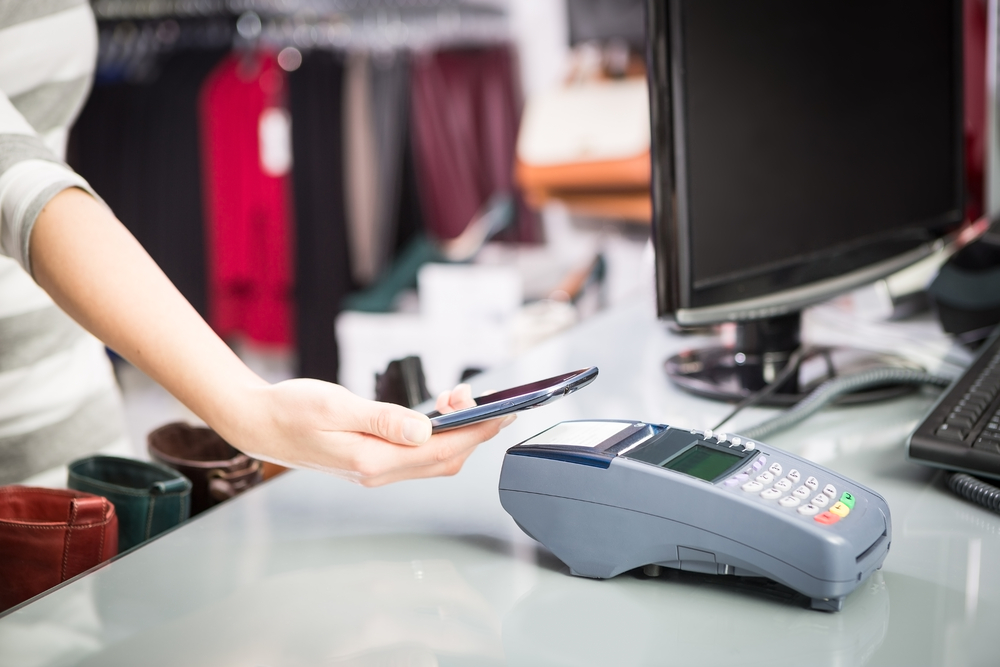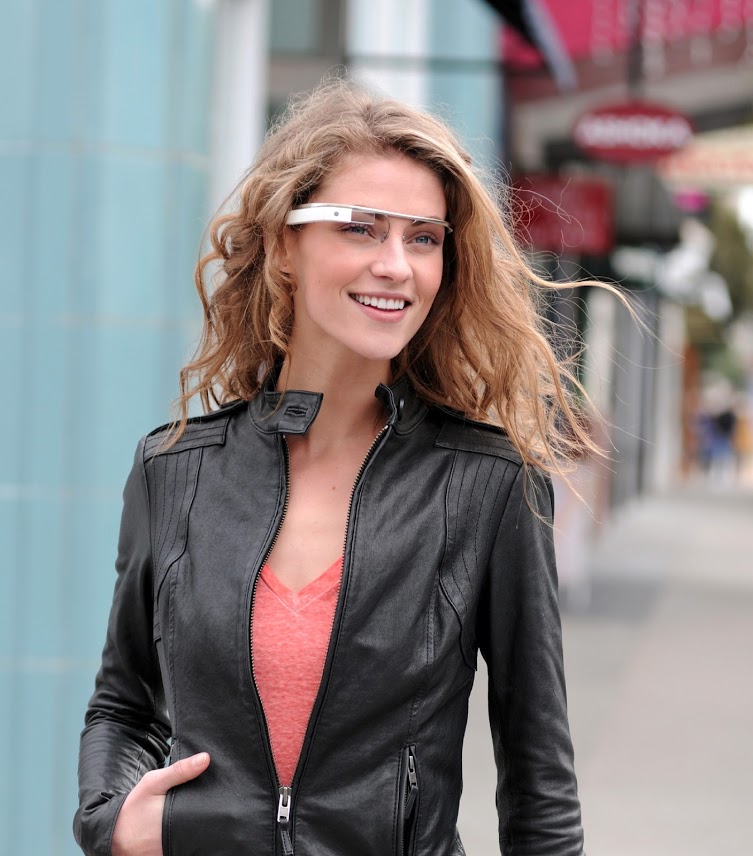Digital Meets Physical
Enhanced Shopping Experience
Although shoppers can find just about anything online these days, more than 90 percent of Americans continue to shop in brick-and-mortar stores. The satisfaction of a multisensory experience still appeals to consumers. The convenience and flexibility of digital shopping stands to make physical shopping even more appealing. By dissolving the distinction between in-person and digital […]



